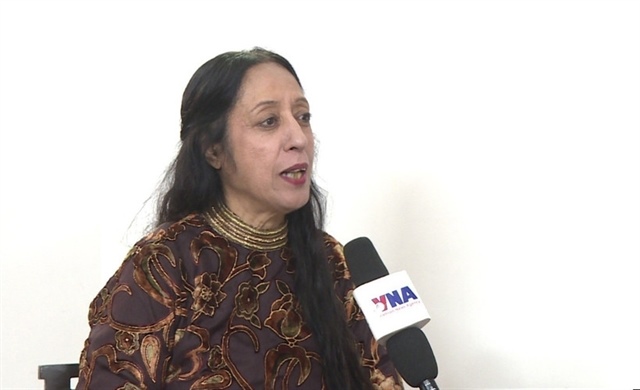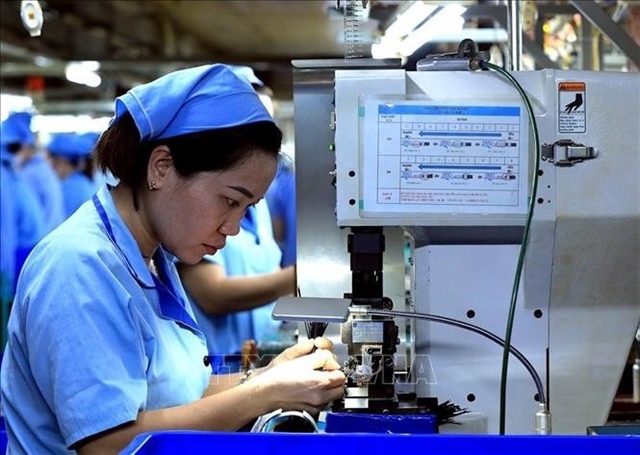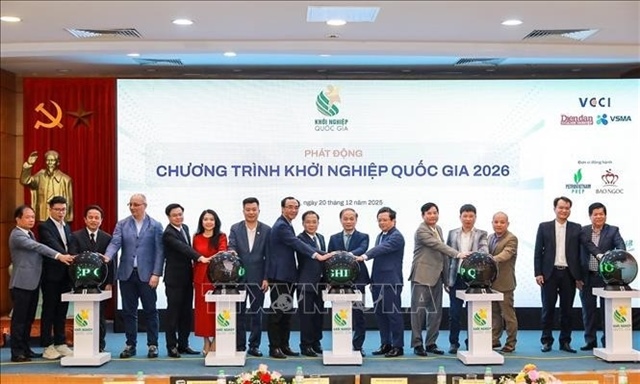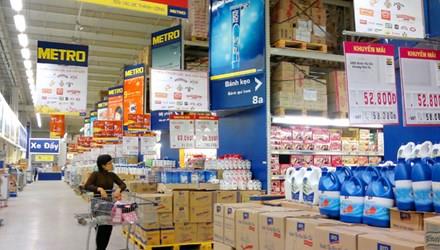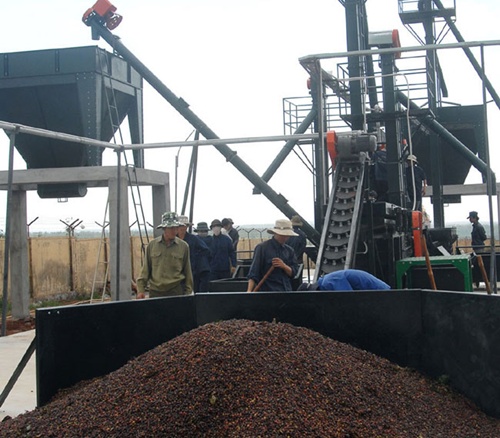Government refuses to give preferential policies to Vinalines in debt restructuring
Government refuses to give preferential policies to Vinalines in debt restructuring
The Vietnamese Government will not make any preferential policies to support the Vietnam National Shipping Lines (Vinalines) during its restructuring plan.
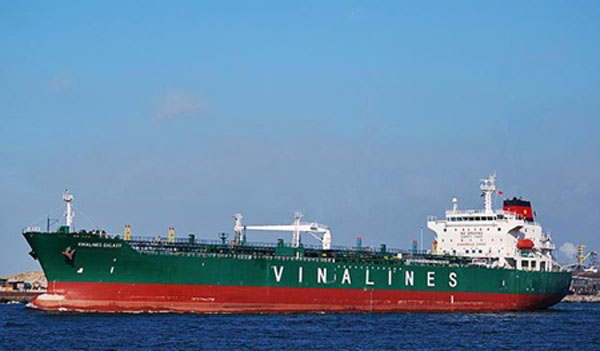
Minister of Transport Dinh La Thang said this at a meeting attended by Vinalines' owners in Ha Noi on August 13. Hosted by the minister, the meeting aimed to share the group's difficulties and orient its restructuring plan, in which debt restructuring would be a key task to achieve success.
Thang emphasised that unlike the support extended to the Vietnam Shipbuilding Industry Group (Vinashin), there would be no policy support for Vinalines which would have to pay its debts itself.
"Vinalines is different with Vinashin. Vinalines is not as difficult to handle as Vinashin so that it will not receive a preferential support policy like Vinashin," said Thang.
The minister also asked Vinalines to negotiate with banks and credit institutions responsibly, to find out the best way to resolve the debt problem as well as to try its best to fulfill its payment obligations.
At the meeting, Vinalines shared its difficulties and development plan and listened to ideas presented by representatives of the State Bank of Viet Nam, 22 credit institutions and commercial banks who are debt owners of Vinalines. They discussed methods and ways to resolve the debts of the group and its subsidiaries.
A Vinalines representative said that in such a situation and faced with the task of repaying VND11 trillion, or US$523.8 million, Vinalines would be unable to repay all principle amounts and interests on the debt to banks and credit institutions on time.
Therefore, Vinalines proposed methods that would convert the loan into contributions of capital at the group's companies and resolve the loan through the Debt and Asset Trading Corporation (DATC).
Head of Enterprise Development Department Ho Sy Hung, representing the Ministry of Planning and Investment, said the banks could convert loans into contributions of capital. However, they need to study capital divestment properly.
However, the banks and credit institutions spoke of a number of difficulties during the co-ordination process of debt restructuring, such as a regulation which does not allow investment in other sectors and complicated procedures associated with guaranteed assets.
They also said the State Bank of Vietnam has not yet set up a mechanism that allows a number of banks to convert loans into contributions of capital in the group's sea ports and its investment in other sectors that are under divestment or the parent company.
The Vinalines representative said the State's holding of 75 per cent of shares in sea ports is one reason hindering Vinalines' debt restructuring process. A number of banks said they will convert loans into contributions of capital in sea ports if the State reduces its stake to 51 per cent or below.
As for resolving the loan through the DATC, the representative of the Ministry of Finance said that he agreed with the proposed method to resolve debts through DATC. He said this is a flexible method in which DATC will buy Vinalines' debts from banks and credit institutions with cash, not by issuing bonds as was done with Vinashin.
A number of debt owners have reportedly said that they cannot wait for Vinalines to repay its debts, so they have begun negotiating with DATC. As a first step, the two sides have reached a basic agreement.
However, the difficulty is that DATC does not have enough capital resources to buy all debts of Vinalines, but only part of them.
Apart from not receiving any government support, as confirmed by Minister of Transport Dinh La Thang, Vinalines will also have to further tighten coordination with banks to find the most suitable method to resolve its debts.
Vinalines has been focusing on three areas, namely shipping, port management and maritime services and logistics. Shipping services brought the largest share of revenue to the group earlier.
vietnamnet


